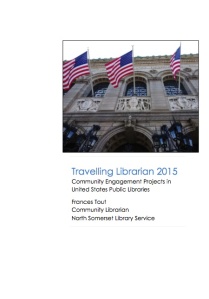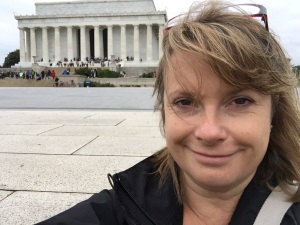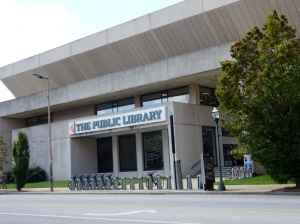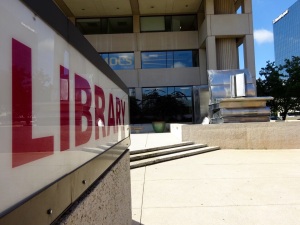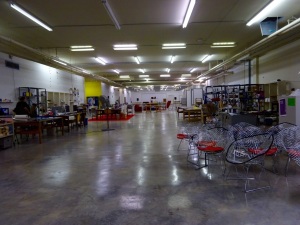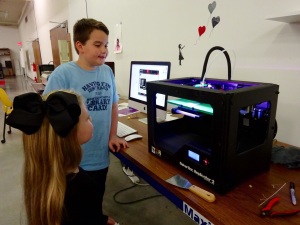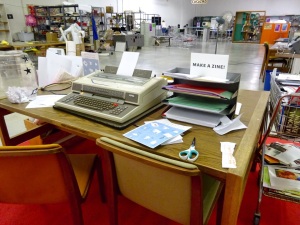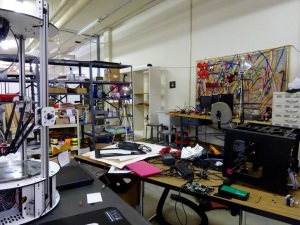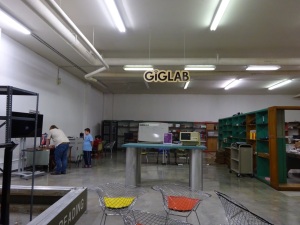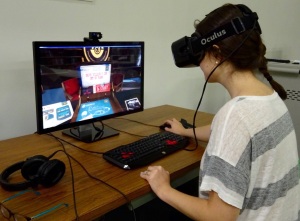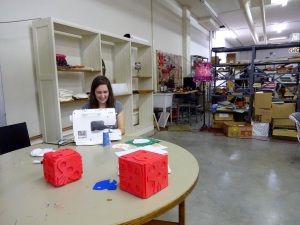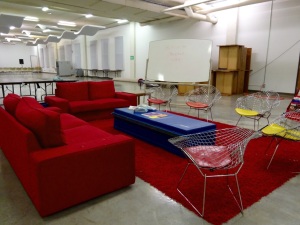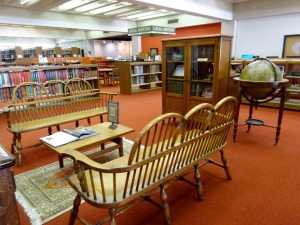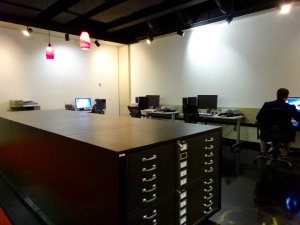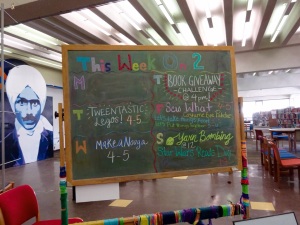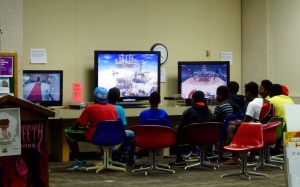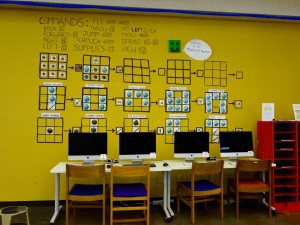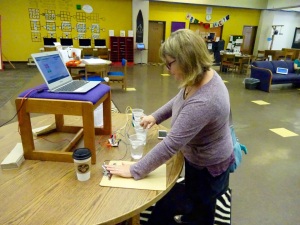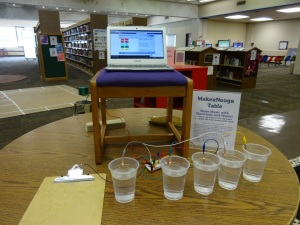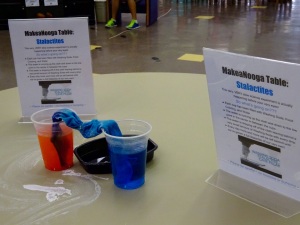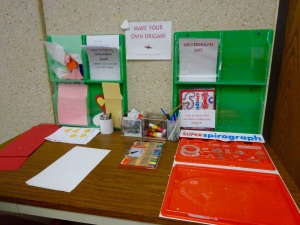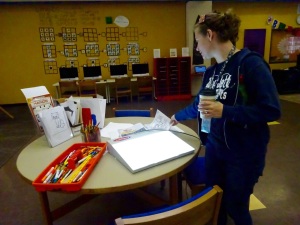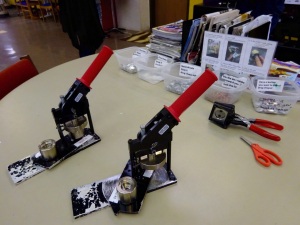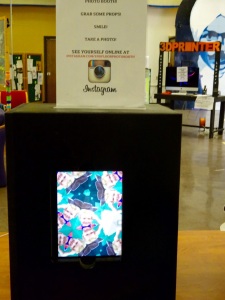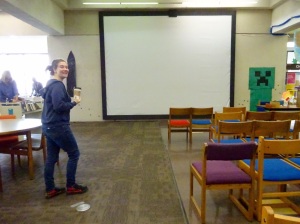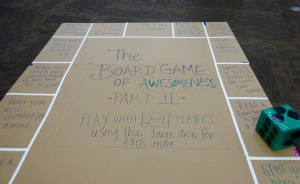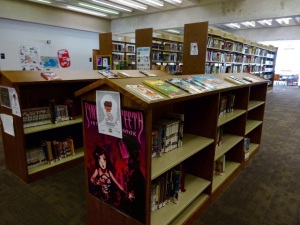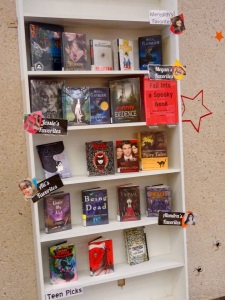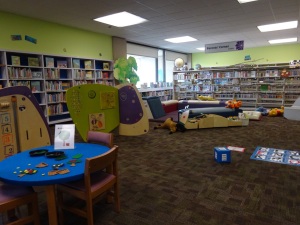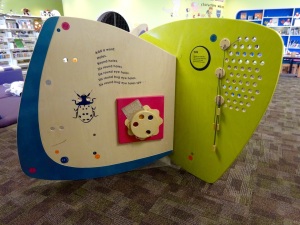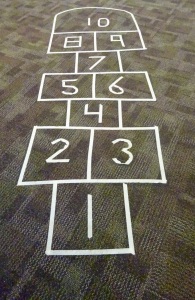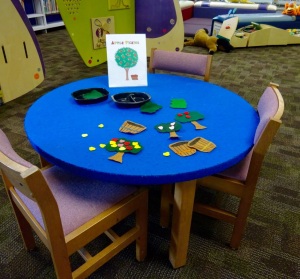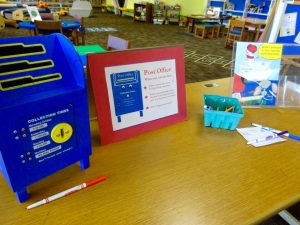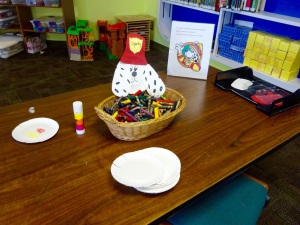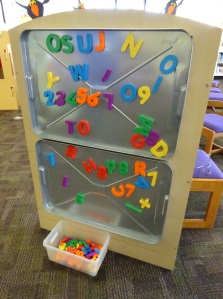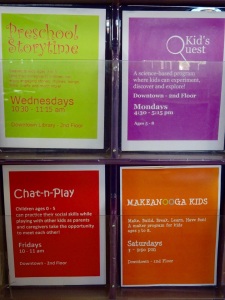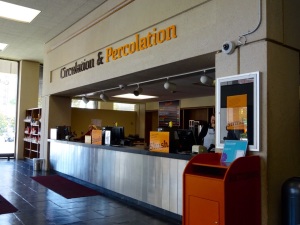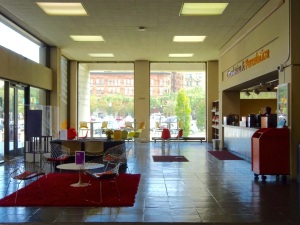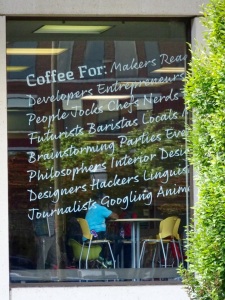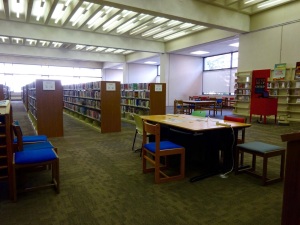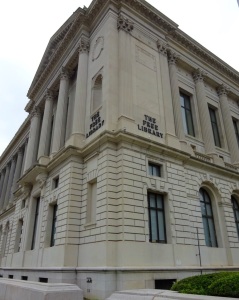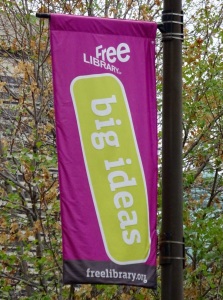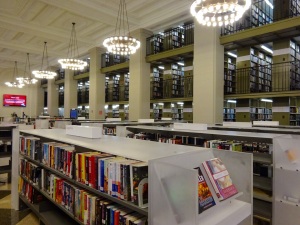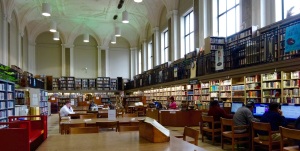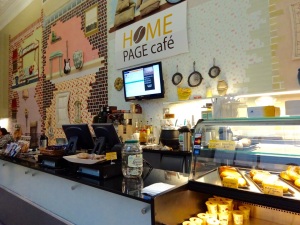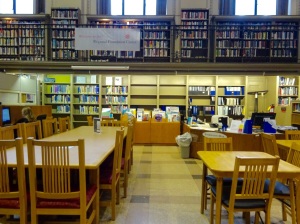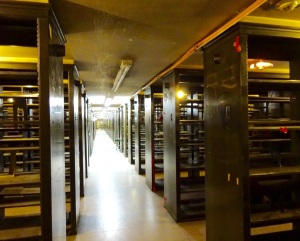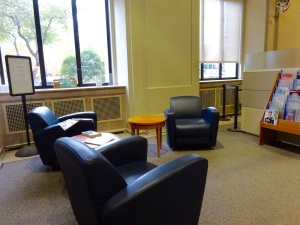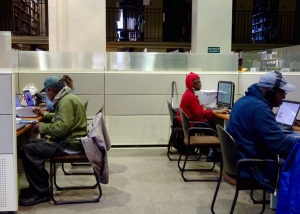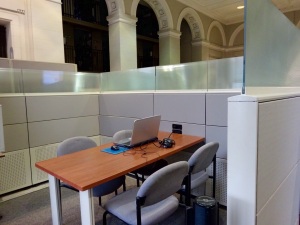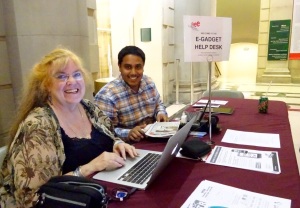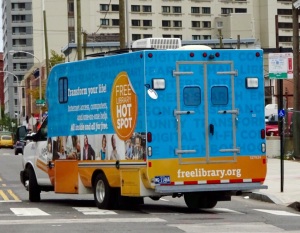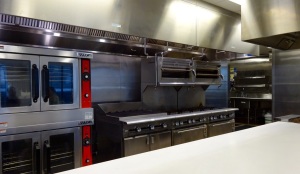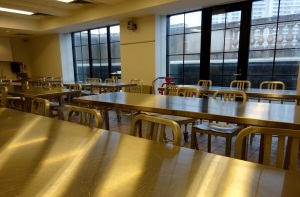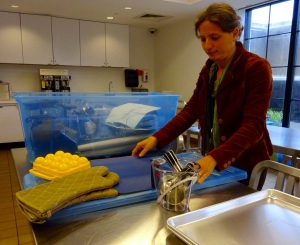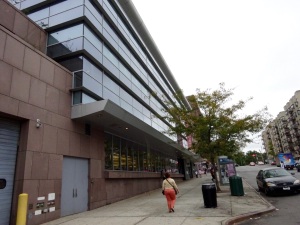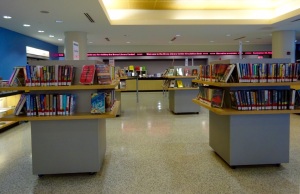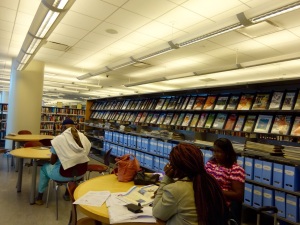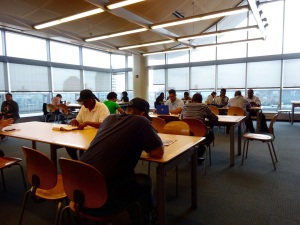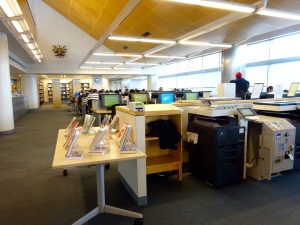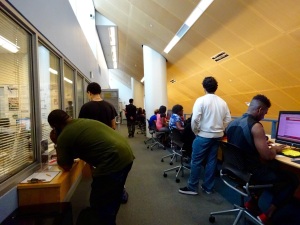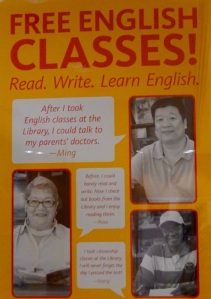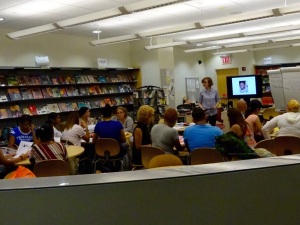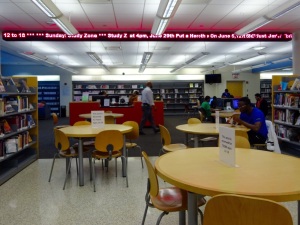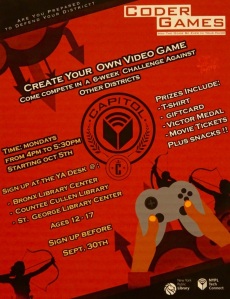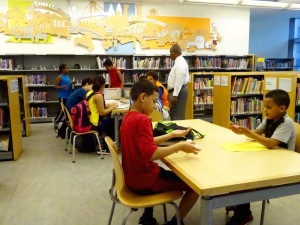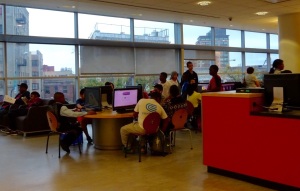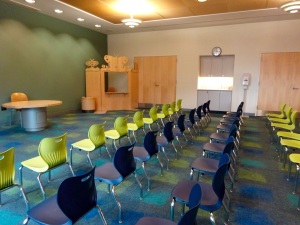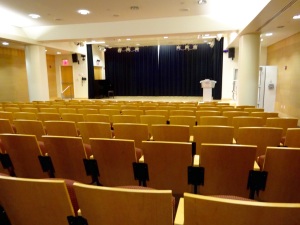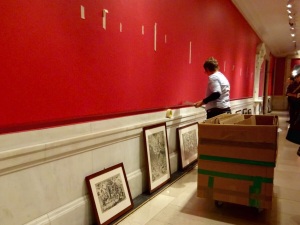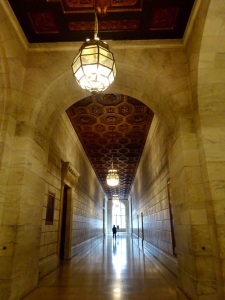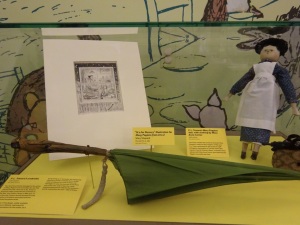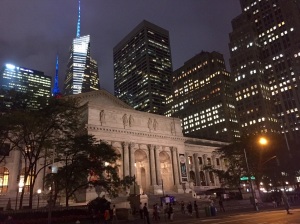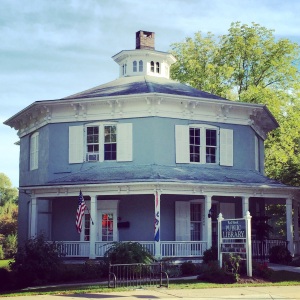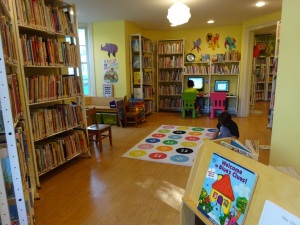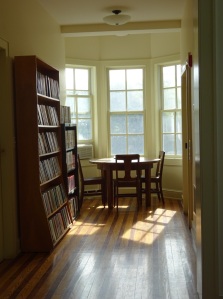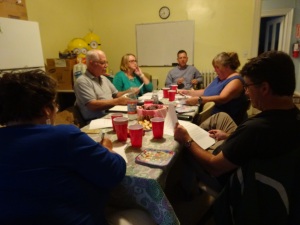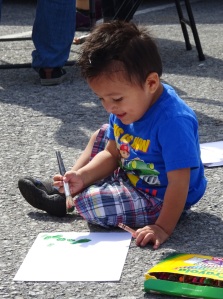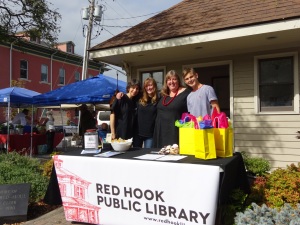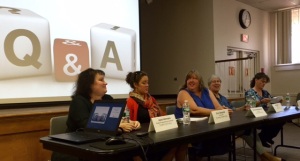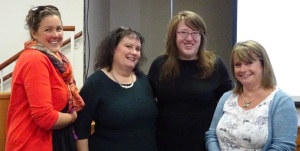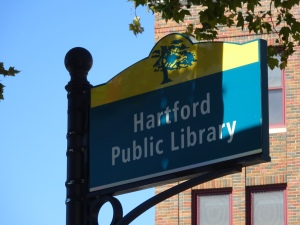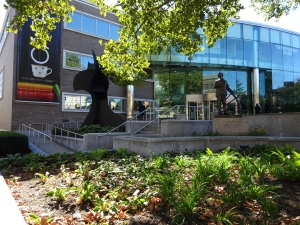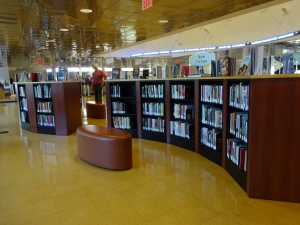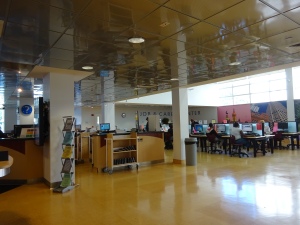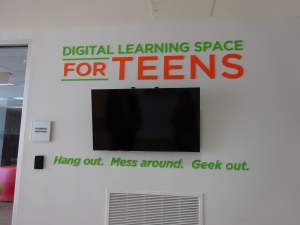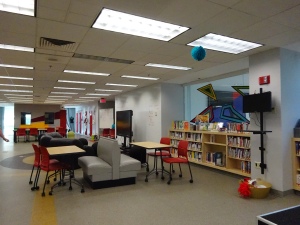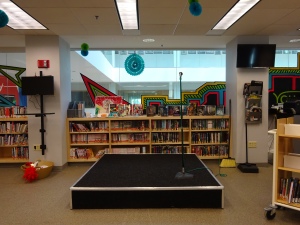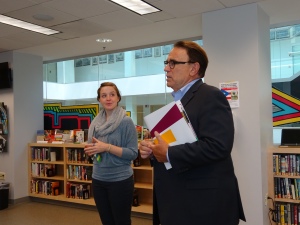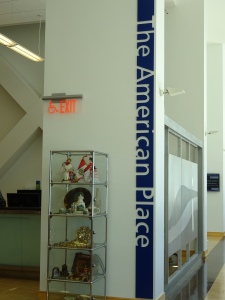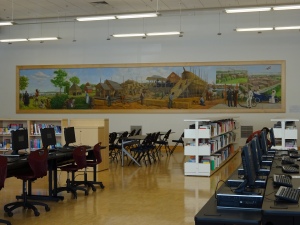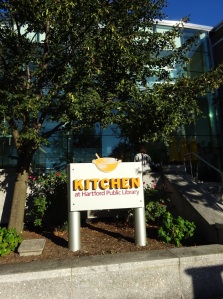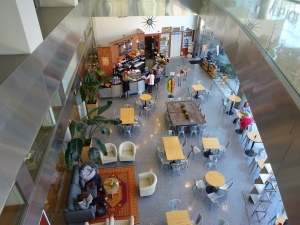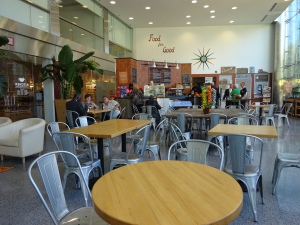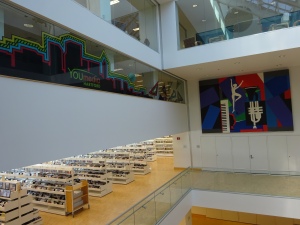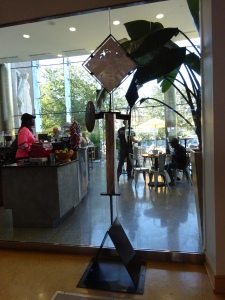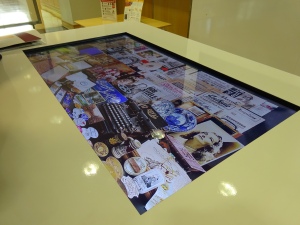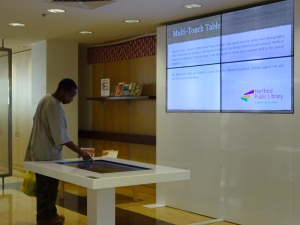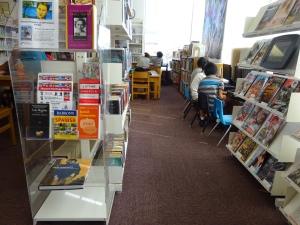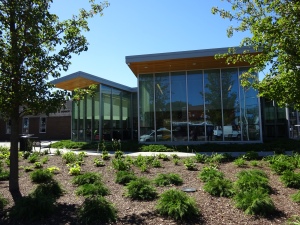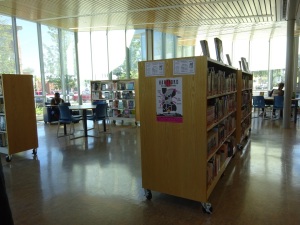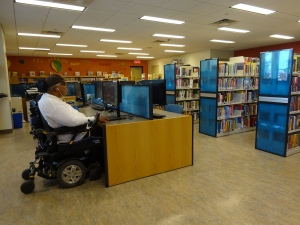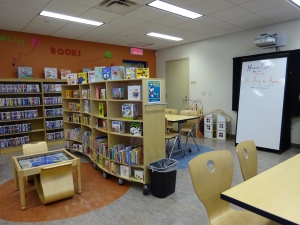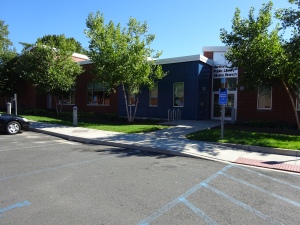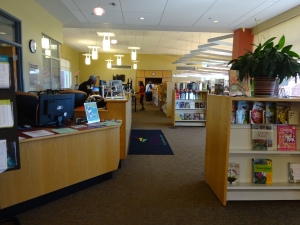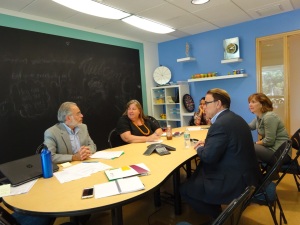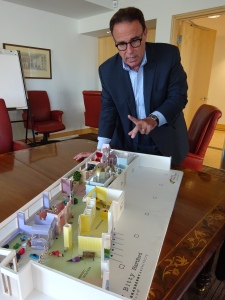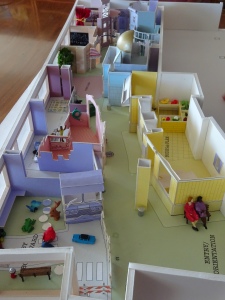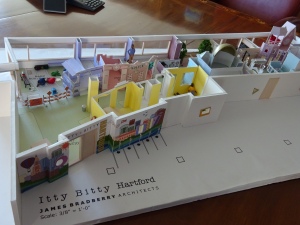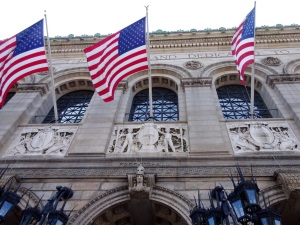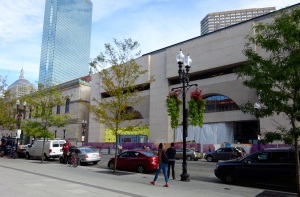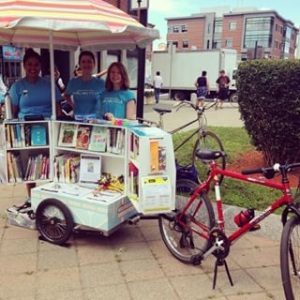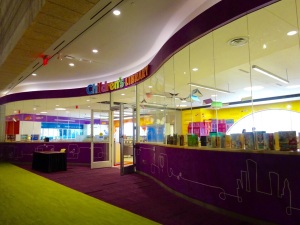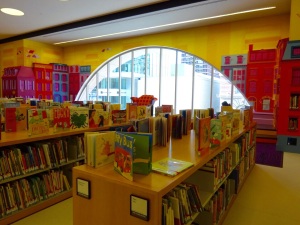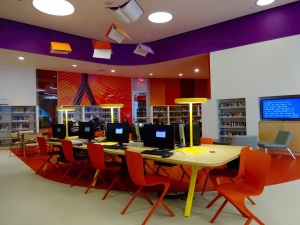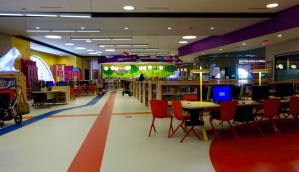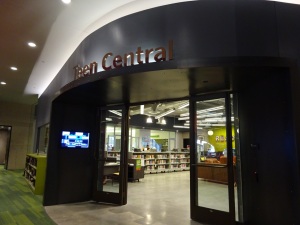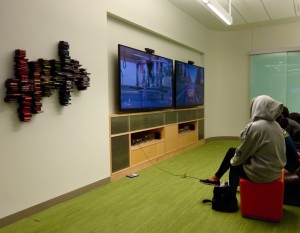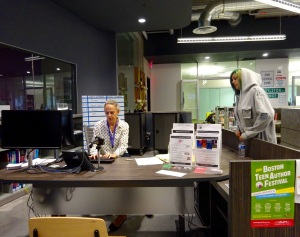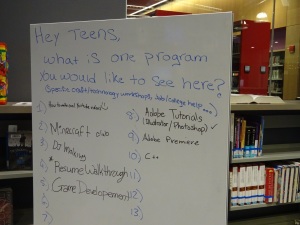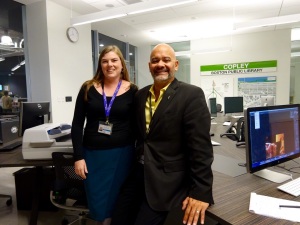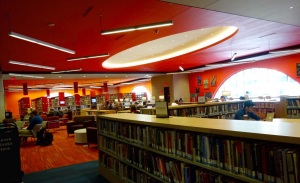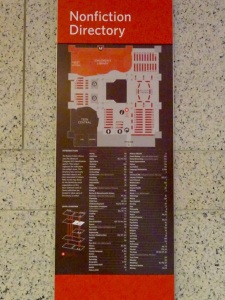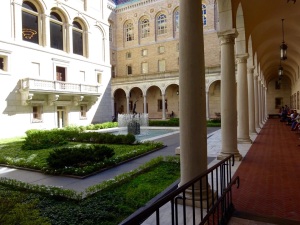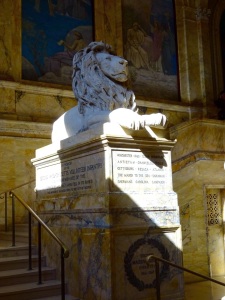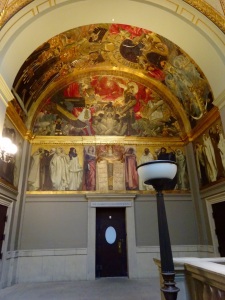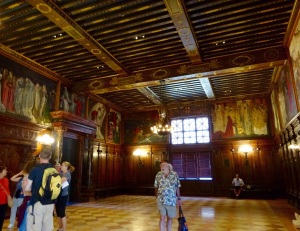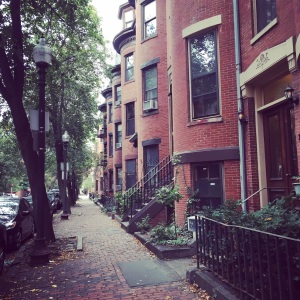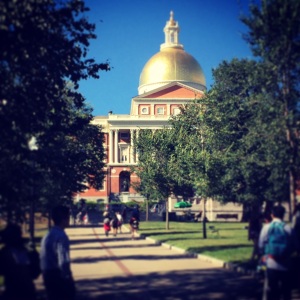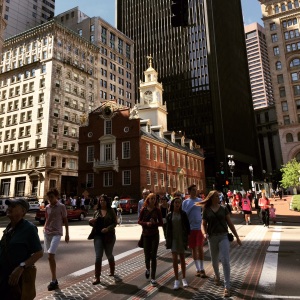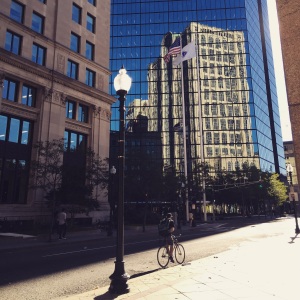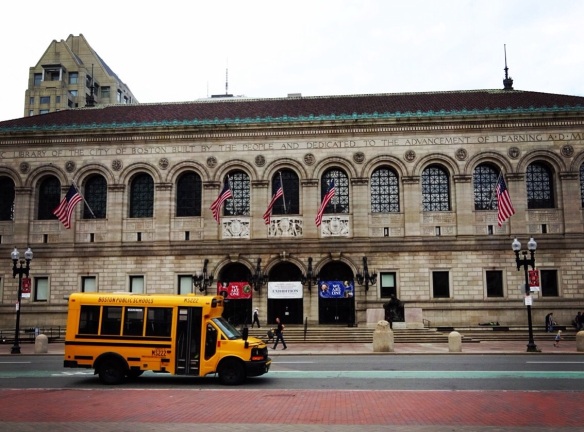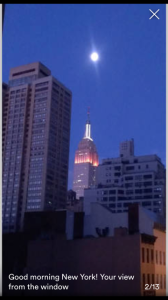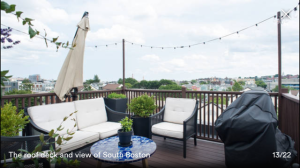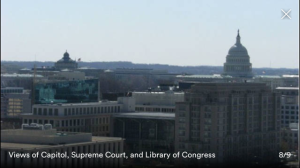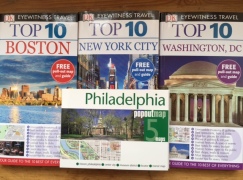I had a weekend in Washington DC before my meetings at The Martin Luther King Jr. Memorial Library (Central Library) on Monday. This allowed me a bit of time to catch up with myself and have a look at some of the city. For a librarian a visit to the Library of Congress is a must, they offer free, hour long tours around the main Jefferson Building. The tours concentrate on the history, art and architecture of the Library of Congress and are led by very knowledgable volunteers. There are other exhibitions and library treasures to explore. I also visited the Smithsonian National Air and Space Museum and the National Portrait Gallery, both of which I can recommend. A walk down the National Mall to the Lincoln Memorial and The White House is also a must. The amazing thing about Washington DC is that all museums and buildings are free entry.
Martin Luther King Jr. Memorial Library (Central Library)
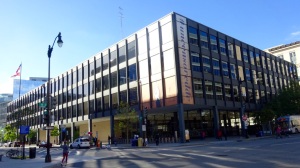
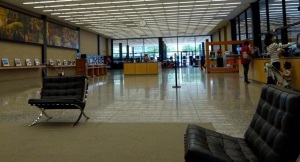
The 440,000 square ft building was designed by architect Mies van der Rohe, it was completed in 1972 and in 2007 it was designated an historic landmark by the District of Columbia. A major three year renovation and extension programme is due to start in the next 18 months. This will include adding an additional storey onto the top floor. While the refurbishment takes place the library will move off the site. They are currently in the process of looking for accommodation in the downtown area for each different department. I was shown around the building by Operations Manager April King before a series of meetings DCPL had set up for me.
Highlights of the tour, not included later, were:
- Adult Literacy Resource Center – Help to pass High School Diplomas, computer assisted learning, help with reading, writing and maths, English as an additional language and conversation circles. The centre runs classes and one to one help delivered by tutors and supported by volunteers.
- Computer Lab – A wide range of free computer classes are provided ranging from the basics to designing a website. There are usually three classes a day Mondays to Thursdays and Saturdays. Computer classes are delivered by a tutor and volunteers. The computer lab is also used for staff training.
- Teen Area – Staff work between the Teen Area and the Children’s Library. The area include’s gaming and a small studio, Mac computers, and YA books. Teens can put forward ideas they would like to do e.g. film making. It was interesting to find that they are considering changing some of their Macs for PCs as the feedback they have had is not all teens are comfortable with Macs.
- Children’s Library – A large area where they provide extensive after school programming. The space includes separate baby and toddler areas, with a sensory wall. There is also a large colourful story time room, usually accommodating up to 60 children and carers. During holiday periods they can have 150 attending story times.
- The library partners with a number of local government organisations, this includes the local jail and a room is available for video visits for families of men awaiting trial. A councillor for the homeless also uses the space and a support agency for veterans operates from the library. Advice sessions on ‘Obama Care’ are frequently available. Other civic partnerships include tax office advice sessions and disability benefit – help to fill out forms.
I had lunch with Kim Zablud, Assistant Director of Public Services, we discussed the possibilities and concepts of the new building and what will still be relevant in five years time, when the new building will be open. The current plans are to retain the makerspaces, co-working business spaces, zones for government partner agencies and provide a visible centre for innovation. Book stock may be reduced but there is likely to be more of a book store arrangement, with low level shelving, ‘grab and go’ fiction, a cafe and a visitors’ centre.
Kim explained how a staff visioning study came up with five anchor concepts for the new library.
- The City’s reading room – traditional library space
- The City’s innovation lab – maker movement and co-working
- The City’s gathering place – place for people to meet and public meetings
- The City’s classroom – place for learning, all ages
- The City’s forum – a place for public discussion about things of importance to the community.
The new space will have a lot of programming space so they will be relying heavily on community partners to deliver programmes. It is likely that that they will have an events co-ordinator to ensure that there are plenty of daily events.
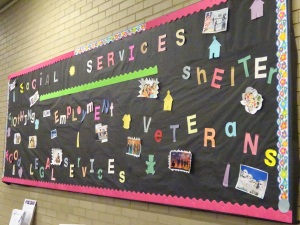
A range of social services are available
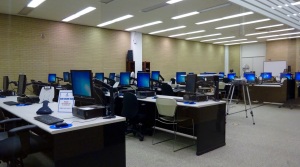
Computer teaching room
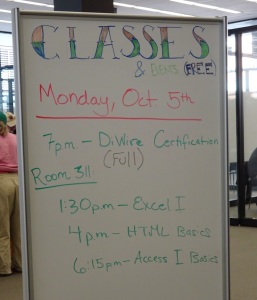
Computer Classes
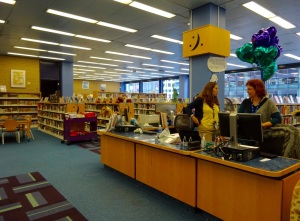
Children’s Library
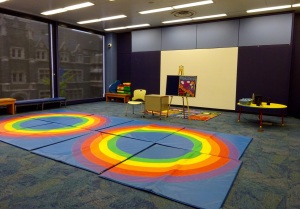
Story time room
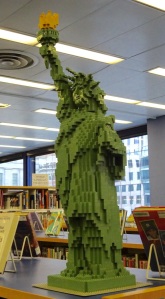
Lego in the Children’s Library
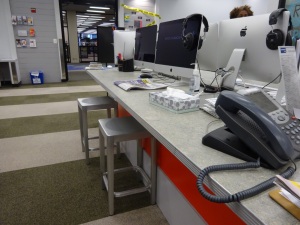
Teen Centre
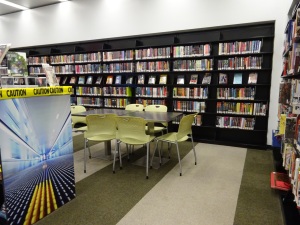
Teen Centre
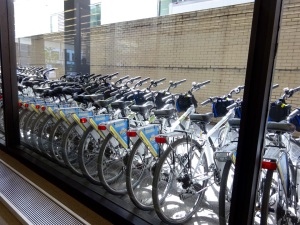
Partnering with local bicycle hire company, making the most of unused outside space
Special Collections
After lunch I met with Mark Greek, special collections co-ordinator. The special collections is made up of Washingtoniana and a Black Studies Centre. The Washingtoniana is one of the largest local history centres in a public library in the US, it includes a public archive, micro film, newspapers, periodicals, books, photographs, maps, art and sculpture. Most of the collection is donated and the space available will double in size in the new building. One option in the new building will be for the Historical Society to move in with the Special Collections department which will increase the collection size. The department run public programming, a recent programme was the history of murals in the city. They also act as facilitators for community meetings. A lot of programmes are delivered by staff, out in community spaces during the evenings and weekends. Staff work flexibly to enable these programmes to take place and Mark said that empowering staff with ownership of projects helps with this process.
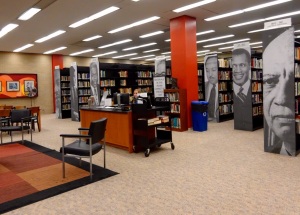
Memory Lab
Jaime Mears is a resident fellow from the Library of Congress, she has been placed at DCPL for one year to develop a project helping raise awareness of personal archiving and digitising. Jaime’s exciting project is likely to be very popular with the public, it will be ready to launch next February. The Memory Lab will be a space where the public will be able to transfer obsolete formats to digital files, Jaime has researched the formats that were most popular by the numbers that were purchased, VHS, VHS Cs, mini DVs, audio cassettes, photos and transparencies. The public wil be able to do this for free, it will be very accessible and will be promoted as a social activity, e.g. families come to the library with their old home movies, enjoy watching them together, digitise them – staff will show them how.
Jaime has also developed a series of workshops such as archiving your Facebook pages. She will be spending time making sure that she teaches the lab staff how to use the equipment and is also writing detailed workshop lesson plans so that the project can be used by other public libraries. There are plans to develop a picture based wiki with information to help people use the lab, this will be available online and in paper format in the lab. Jaime will also be producing preservation information to help ensure that people have the resources they need to take care of their digital files once they have visited the lab e.g. best practices.
There are currently no other projects like this in United States public libraries but a similar project is already in operation at Vancouver Public Library. Jaime has a blog where she is documenting her project.
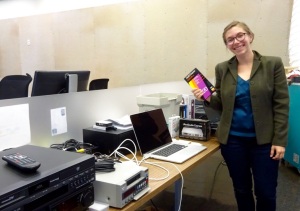
Jaime Mears testing phase of the Memory Lab
Centre for Accessibility
I next met with Adaptive Services Librarian, Rose Asuquo. The centre tries to ensure that DCPL is accessible for people with all types of disabilities, it includes the DC Library for the Blind which is part of the National Library Service for the Blind. Every state has a Library for the Blind. The National Library Service for the Blind is run from the Library of Congress and provides DCPL with the talking book machines and the talking books for free. There are about 1000 DCPL patrons who use the Library for the Blind service.
A books at home service operates for patrons with short term disabilities, there are only about 50 patrons using this service, books or dvds are posted out to them in zipped bags whenever they require them, the books for the blind are delivered in the same way. Rose said that most of the interaction for the Library for the Blind and at home service patrons is done over the phone, they do not meet 99% of these customers.
The Centre for Accessibility offers many other services including a wide range of assitive technology hardware and software for computers. Mac has a full range of accessibility features but Rose finds that many patrons are using PCs and while there is accessibility on Microsoft, patrons prefer JAWS screen reader software as it has greater functionality.
Extensive programmes catering for all aspects of disability are delivered by the centre, including:
- Accessibility networking for web developers
- Accessibility Hackathons
- Youth education, independence, employment and technology fairs
- ASL story hour – stories, crafts and therapy dogs
- Blind and low vision game nights – Scrabble, Monopoly, Bingo and Uno
- Braille book club for kids
- Celebrations of deaf culture
- Sign language classes
- Technology training sessions
- Talking book club
- iPad and Android training sessions
It was very impressive to see a department in a public library with such a wide range of services and options for people with disabilities.
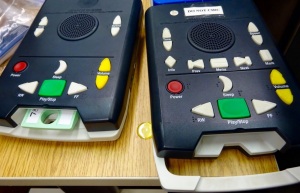
Free audio book machines for the blind and visually impaired
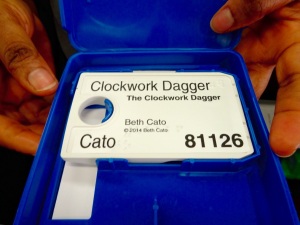
The centre keeps thousand of audio books for the visually impaired. Cassette tape size but USB fittings.
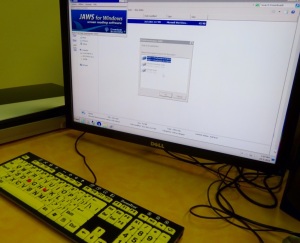
A wide range of assitive hardware and software is available for patrons
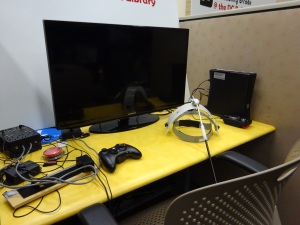
Assitive gaming station
The Labs
Maryann James-Daley is the Manager of the Digital Commons and The Labs, she showed me around these new innovative areas.
The Digital Commons houses public use PCs and Macs, patrons can use the computers twice a day for 70 minutes. The space includes the Dream Lab co-working space, ‘incubators’ (small glass offices for small business use) can be used as a one off for meetings or may be used regularly by some individuals as office space. Regular nonprofits or start-ups can sign a contract with the library and in return for free use of office space, they agree to deliver one programme per month in their area of expertise, e.g. marketing, design, social media, coding etc.
An espresso book machine is available which can be used to print bound copies of out of copyright books or a patron’s own book or report.
There is also a small booth available for patrons to Skype in.
The Studio Lab offers, for free with a library card, a fully working recording studio, rehearsal space for bands, a green screen, photography programming, photography studio space, interview and podcasting booths.
The Fab Lab is a maker space with seven 3D printers, a 3D scanner, laser cutters, wire bender, traditional tools and soldering equipment. An extensive range of programming is offered, mostly in the evenings. There are two makers in residence who can inspire patrons and deliver programmes. They are funded by the foundation and are in residence for a year.
Regular 20-30 minute orientation sessions are held for the labs, patrons need to complete an orientation session before they can use the labs, it includes health and safety information and expectations. Certification sessions are also required to use specific machines, once patrons have taken these sessions they are free to book sessions to use the labs and equipment. There is no charge to use the labs, customers bring in their own maker materials and there is a nominal charge for 3D printing.
The staff of the labs are not necessarily librarians, although some are (with a keen interest in technology), other staff employed have a technology background. The lab staff rotate so they cover all of the labs and the Digital Commons.
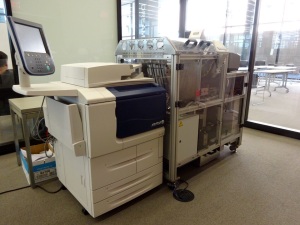
Espresso Book Machine
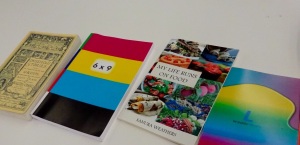
Paperbacks made from the Espresso Book Machine
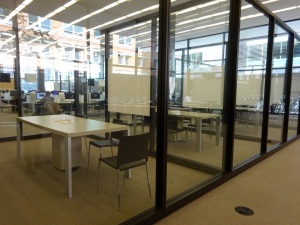
Small co-working rooms/office space for businesses in DC Commoms
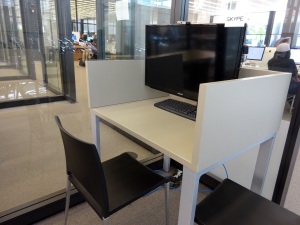
Skype booth – DC Commons
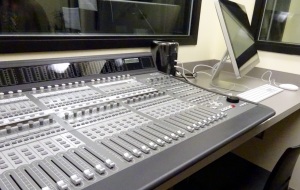
Studio Lab – fully equipped recording studio and practice space
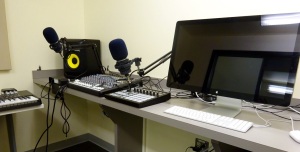
Sound booth
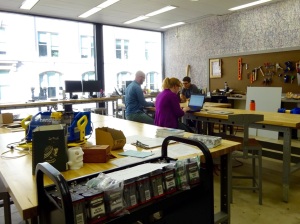
Fab Lab – Makerspace
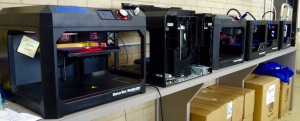
3D printers
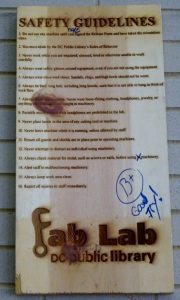
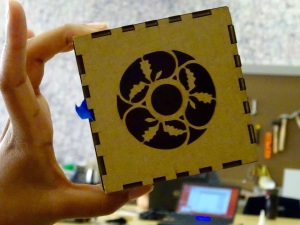
Laser cutter products
My day at DCPL was really interesting and covered a number of different areas. Thank you to all the team for their time. I’ll be very keen to see how the building renovation progresses and what the new space will eventually hold and offer.

